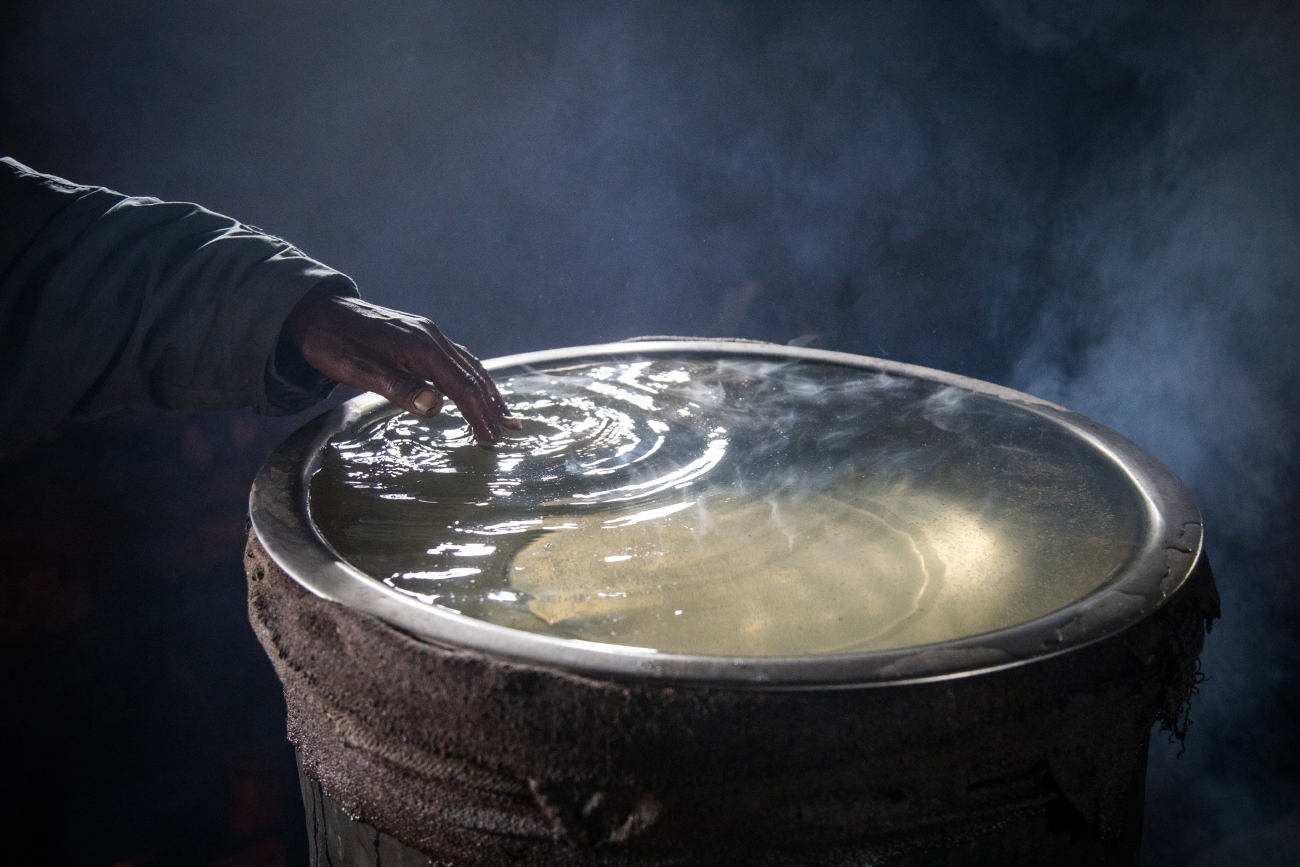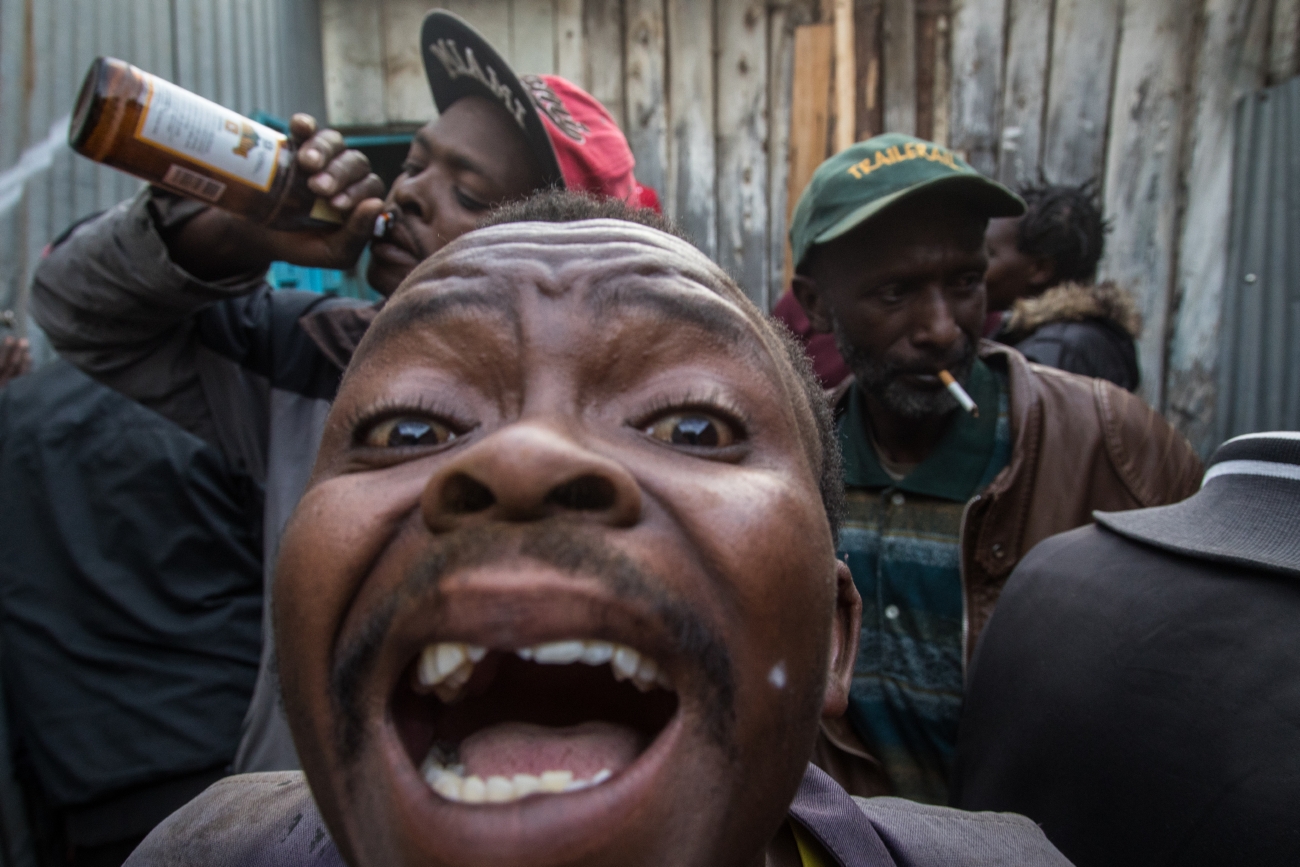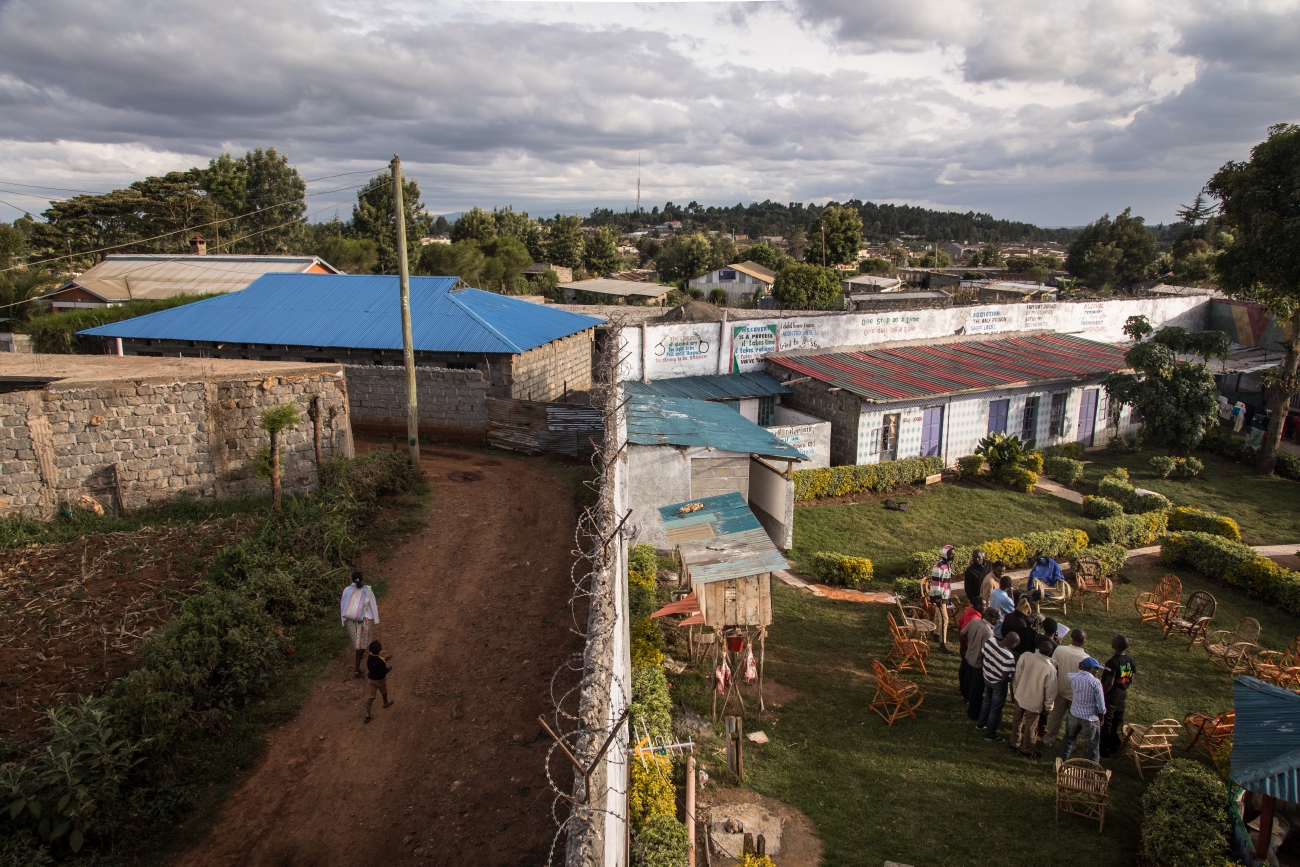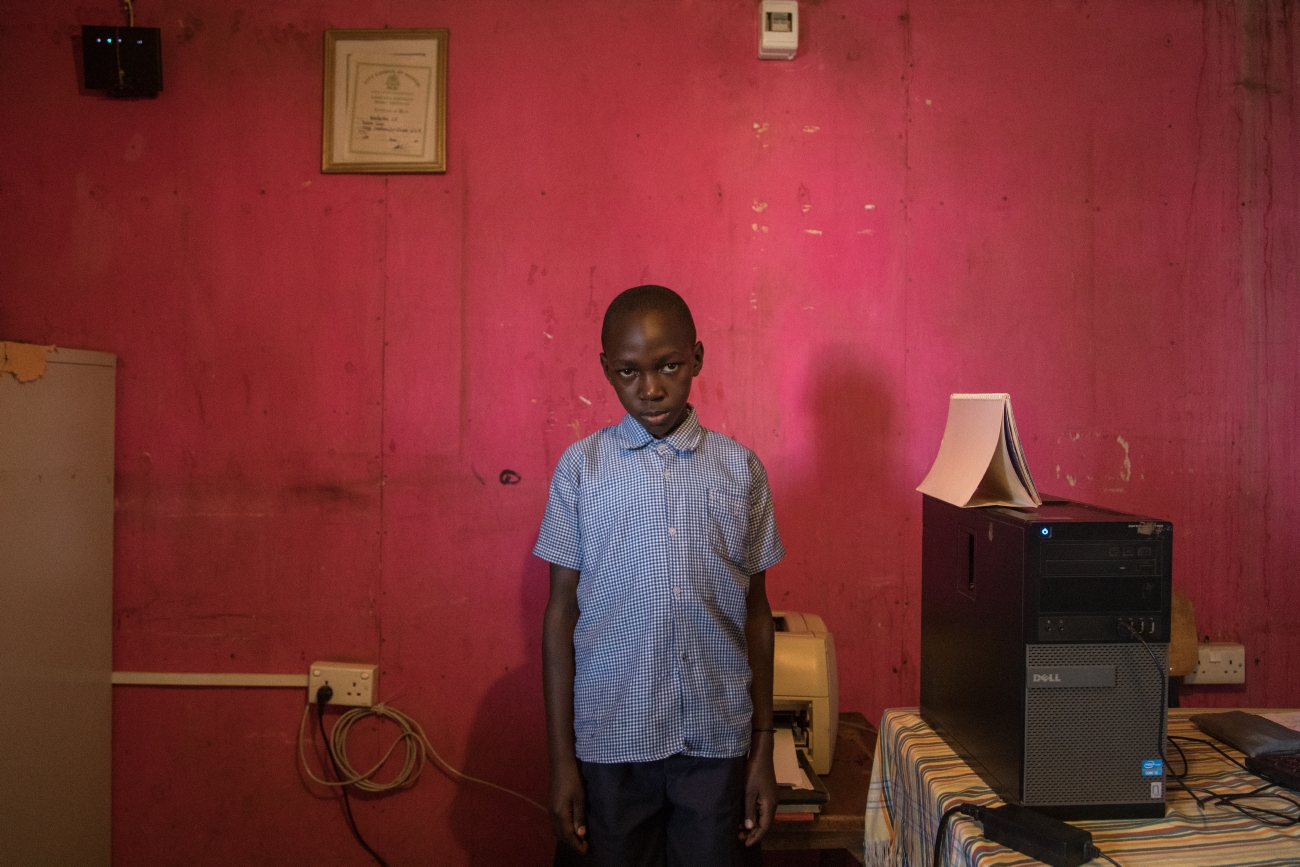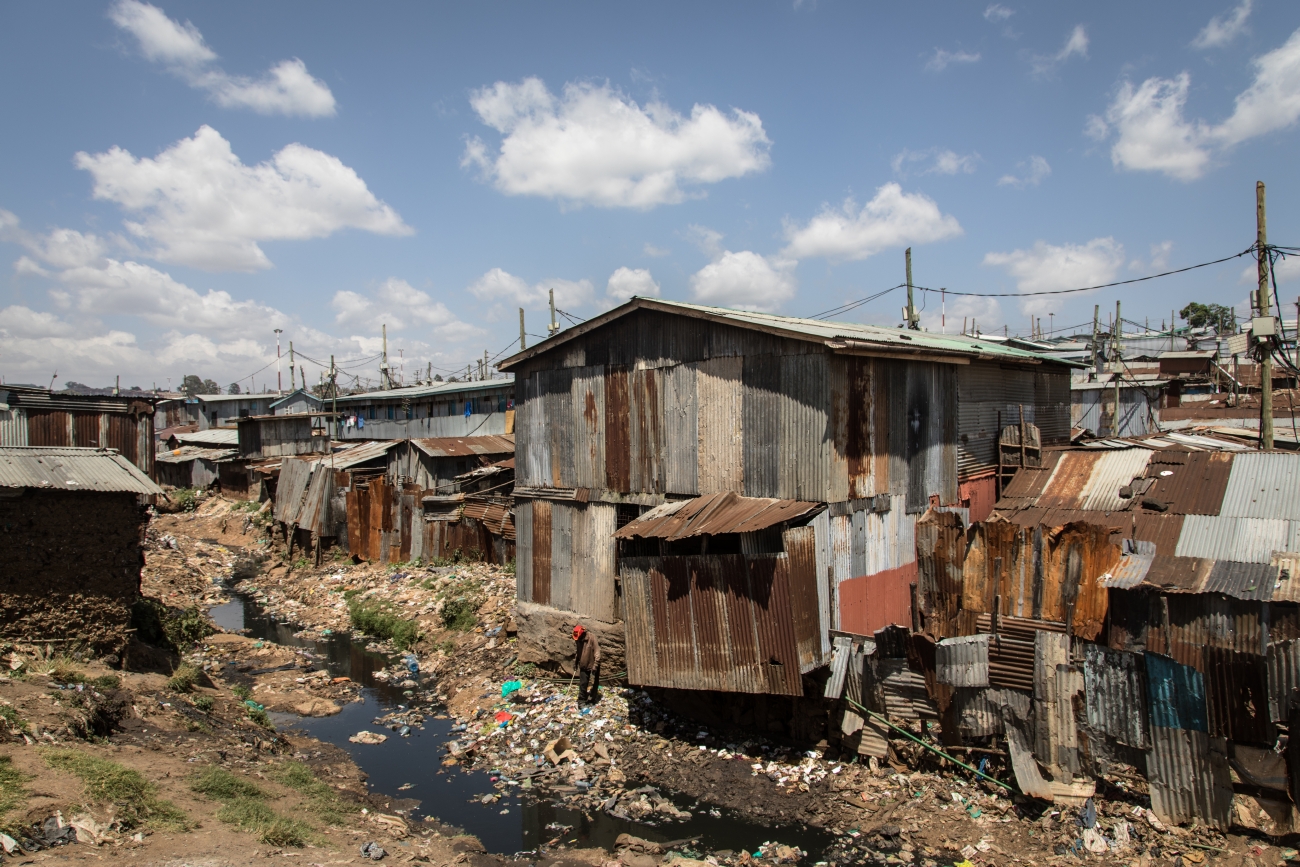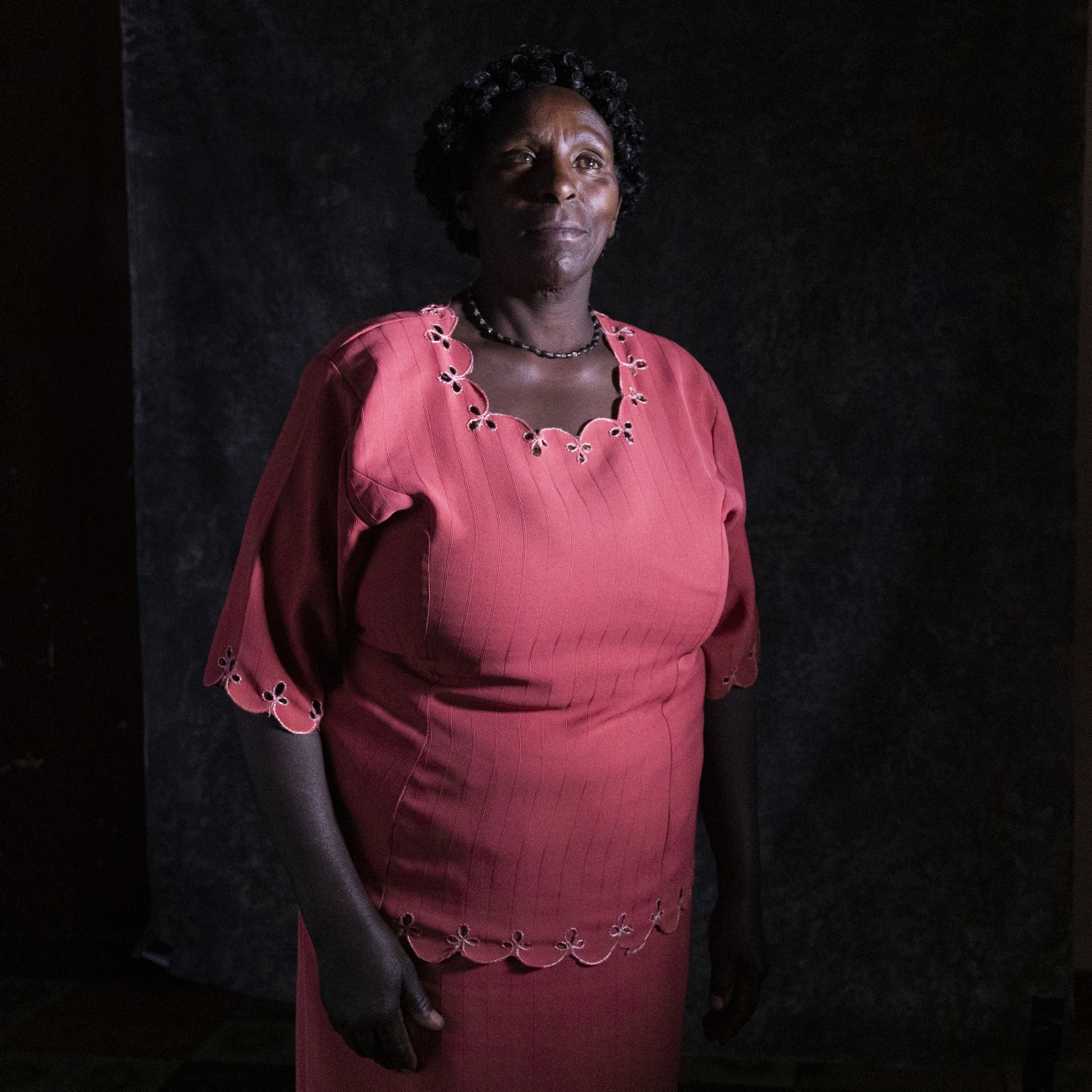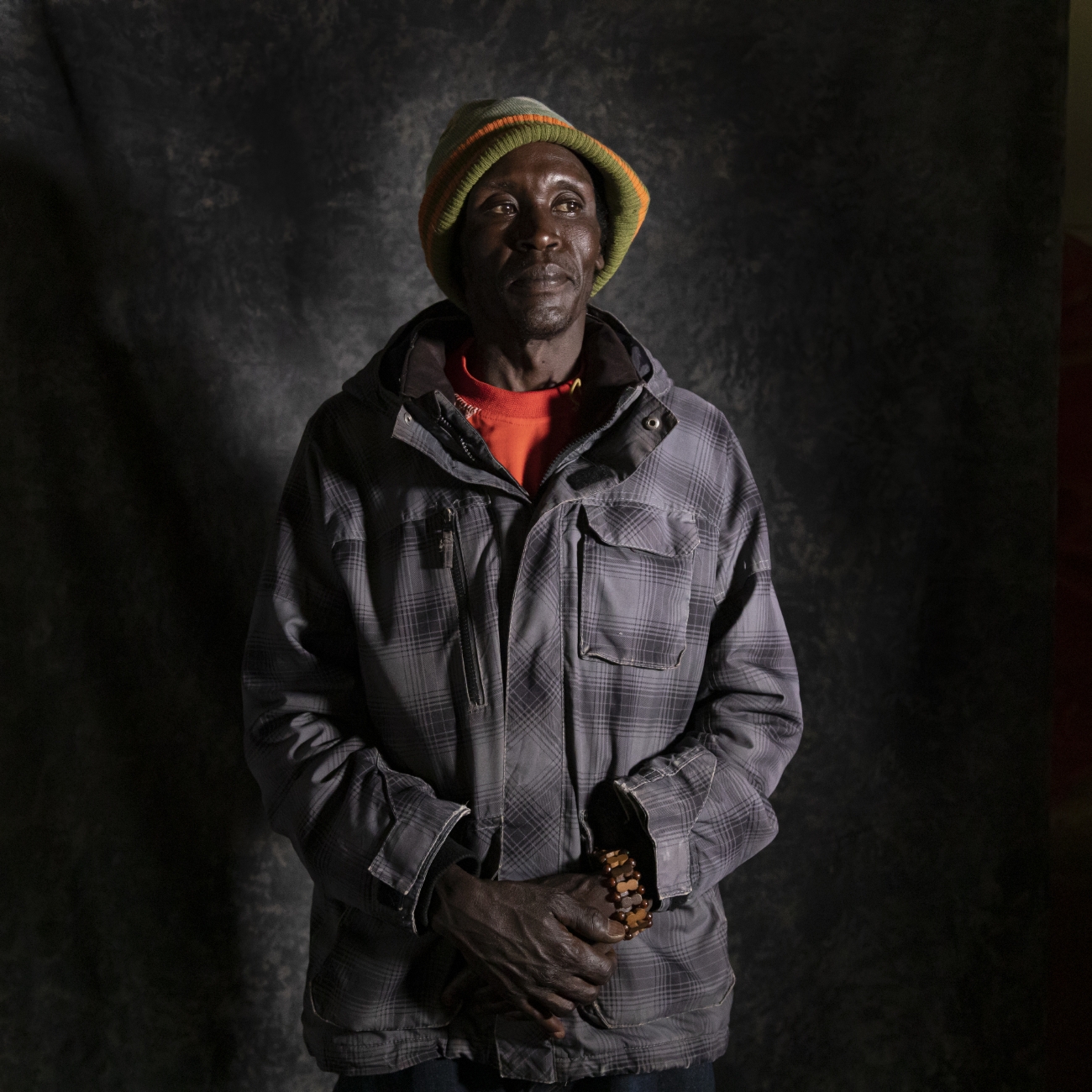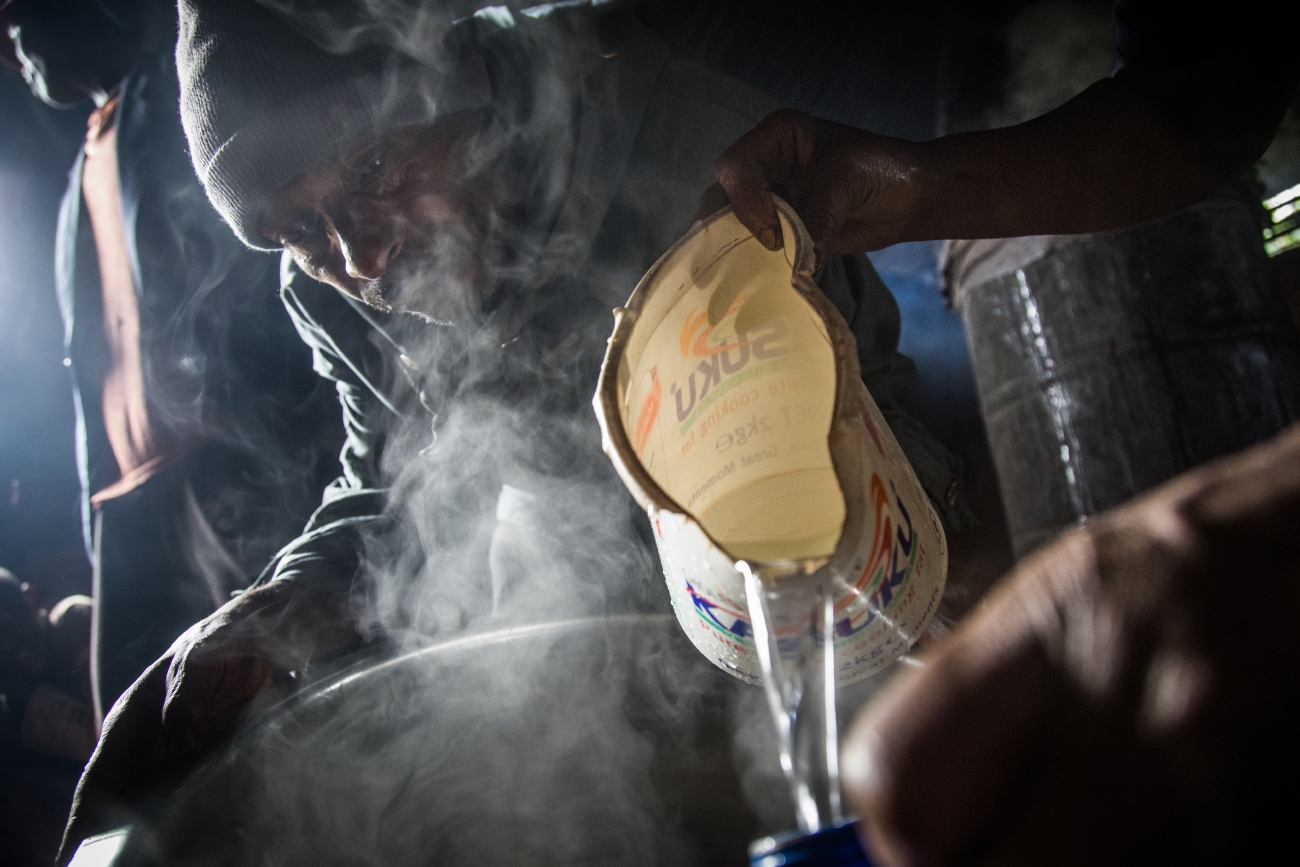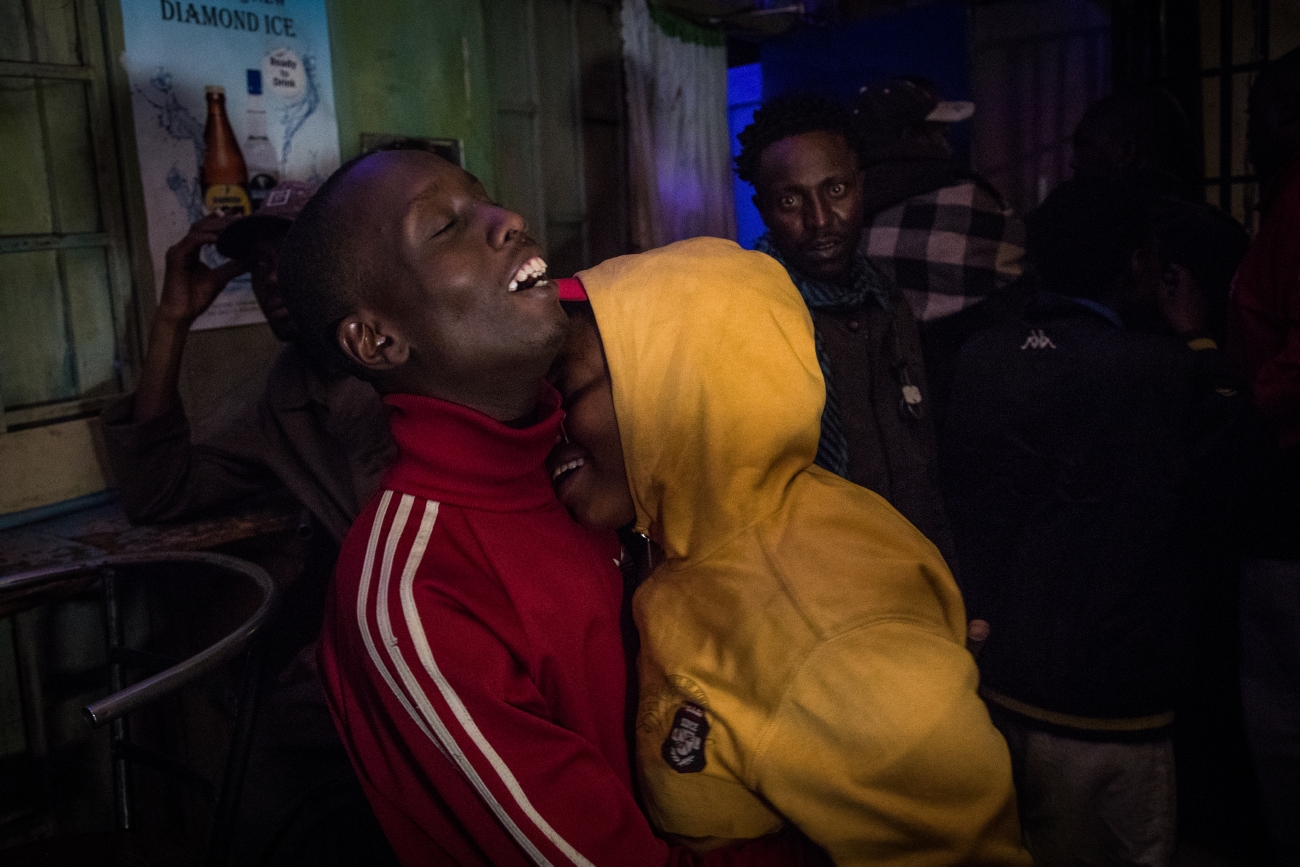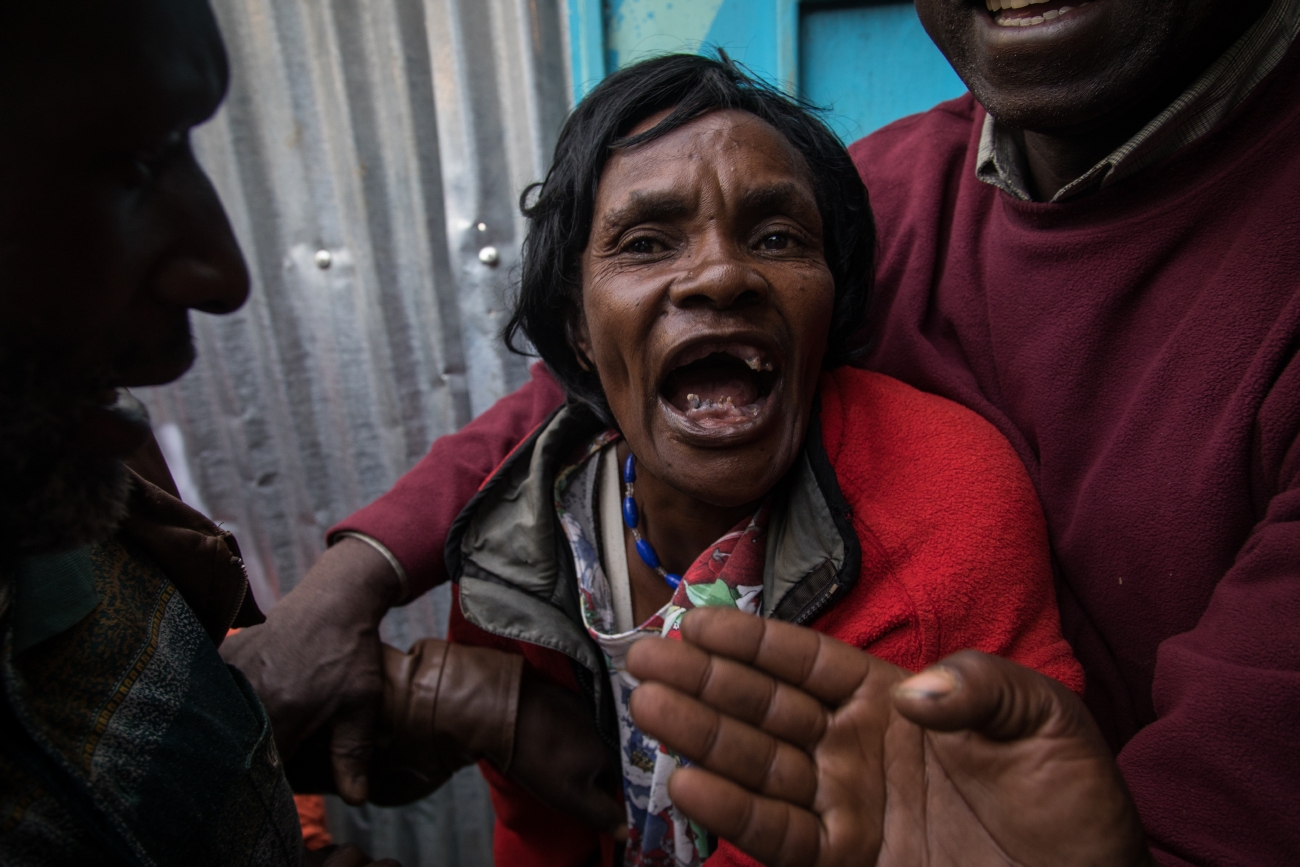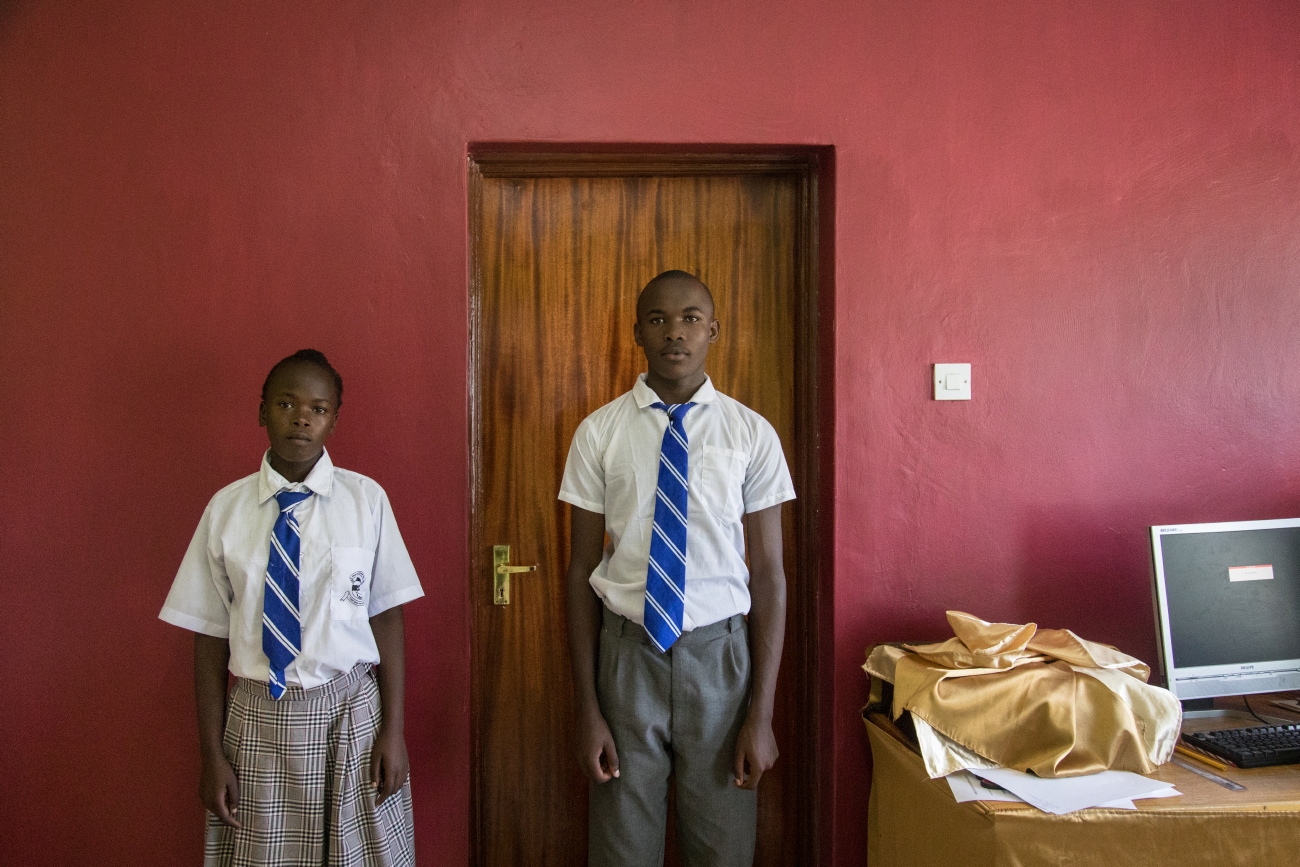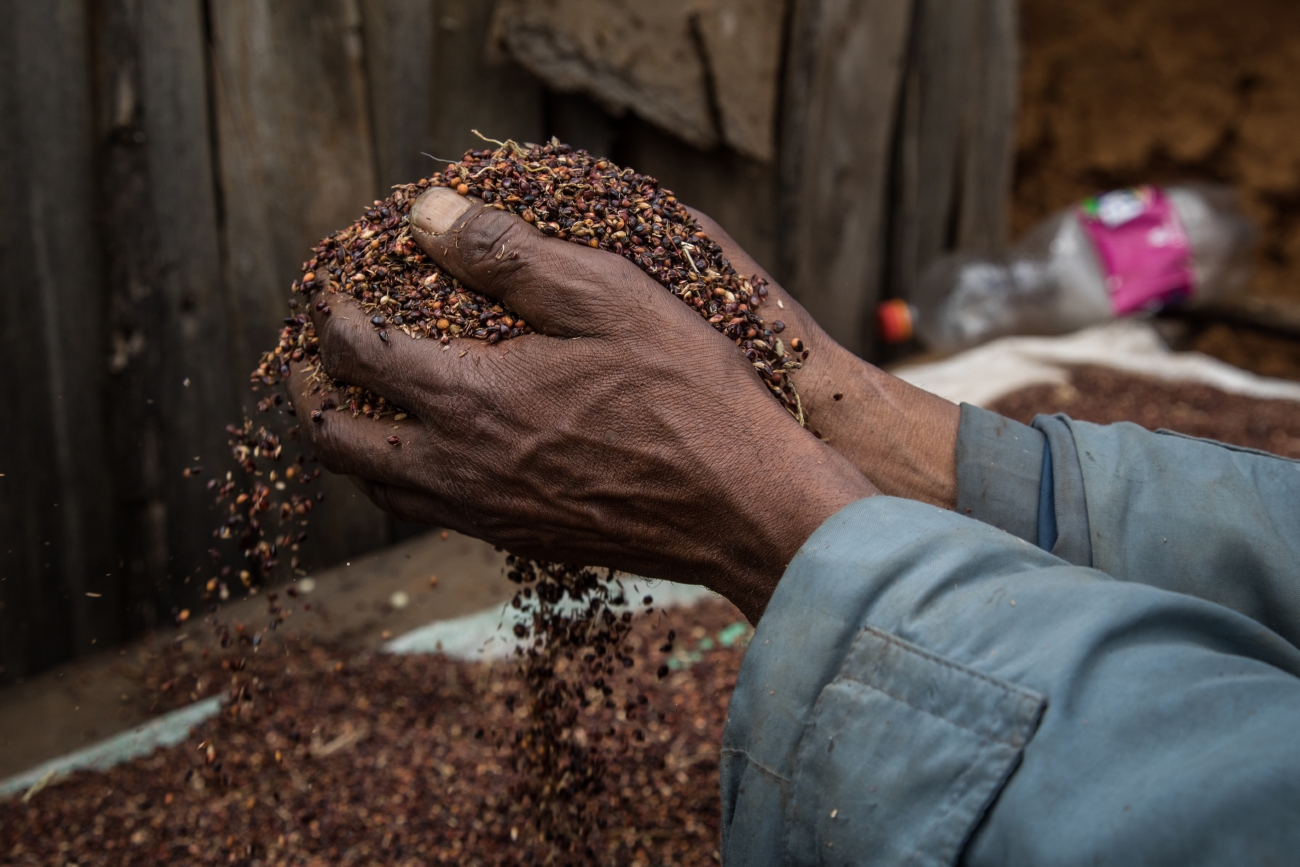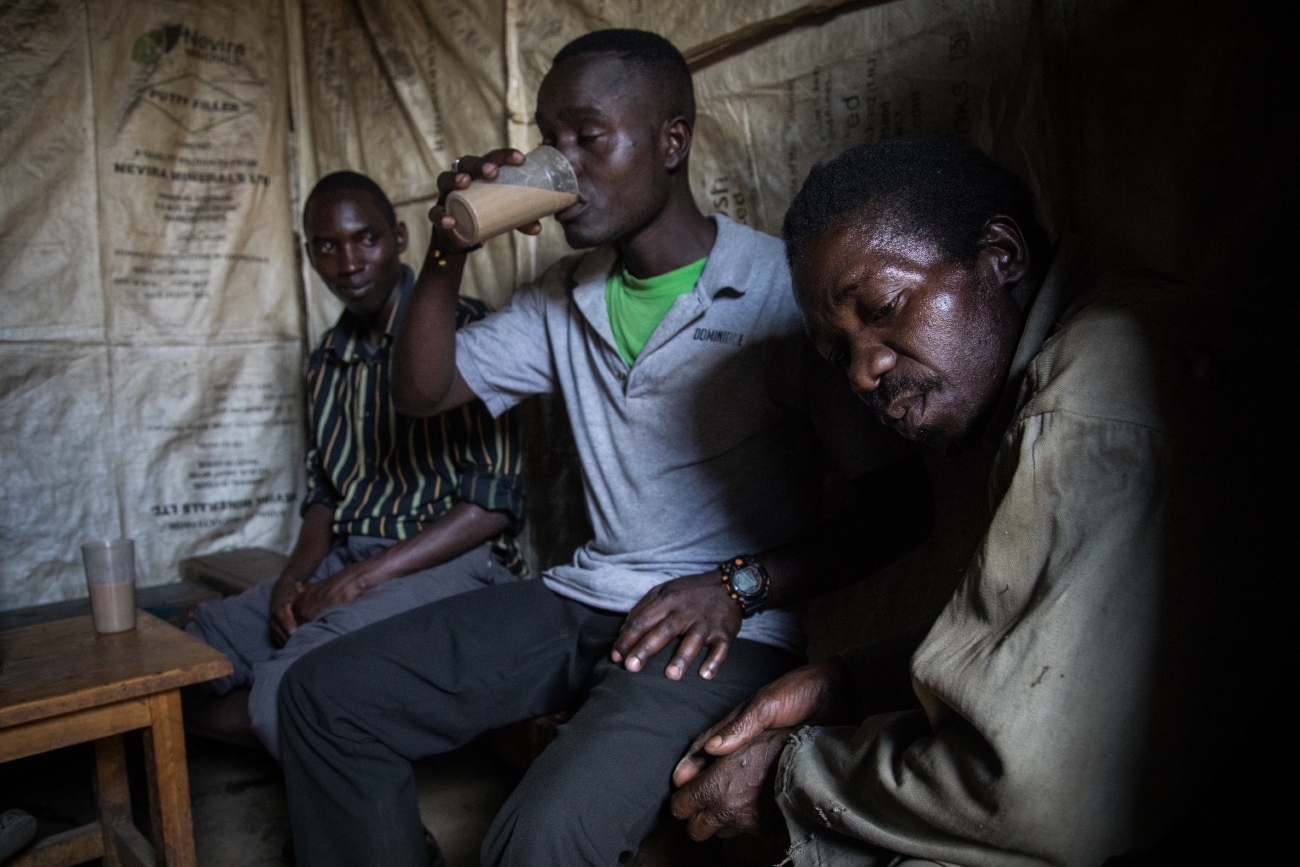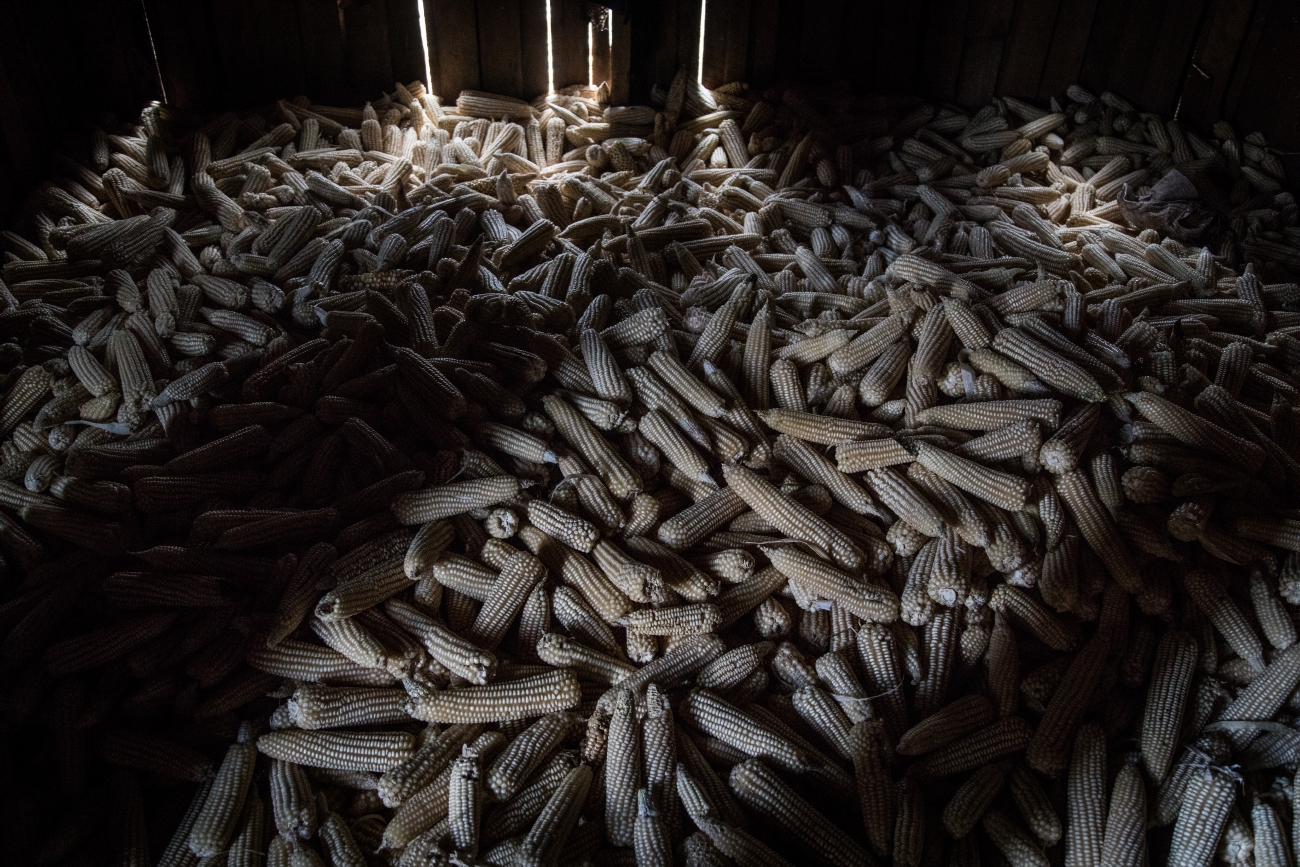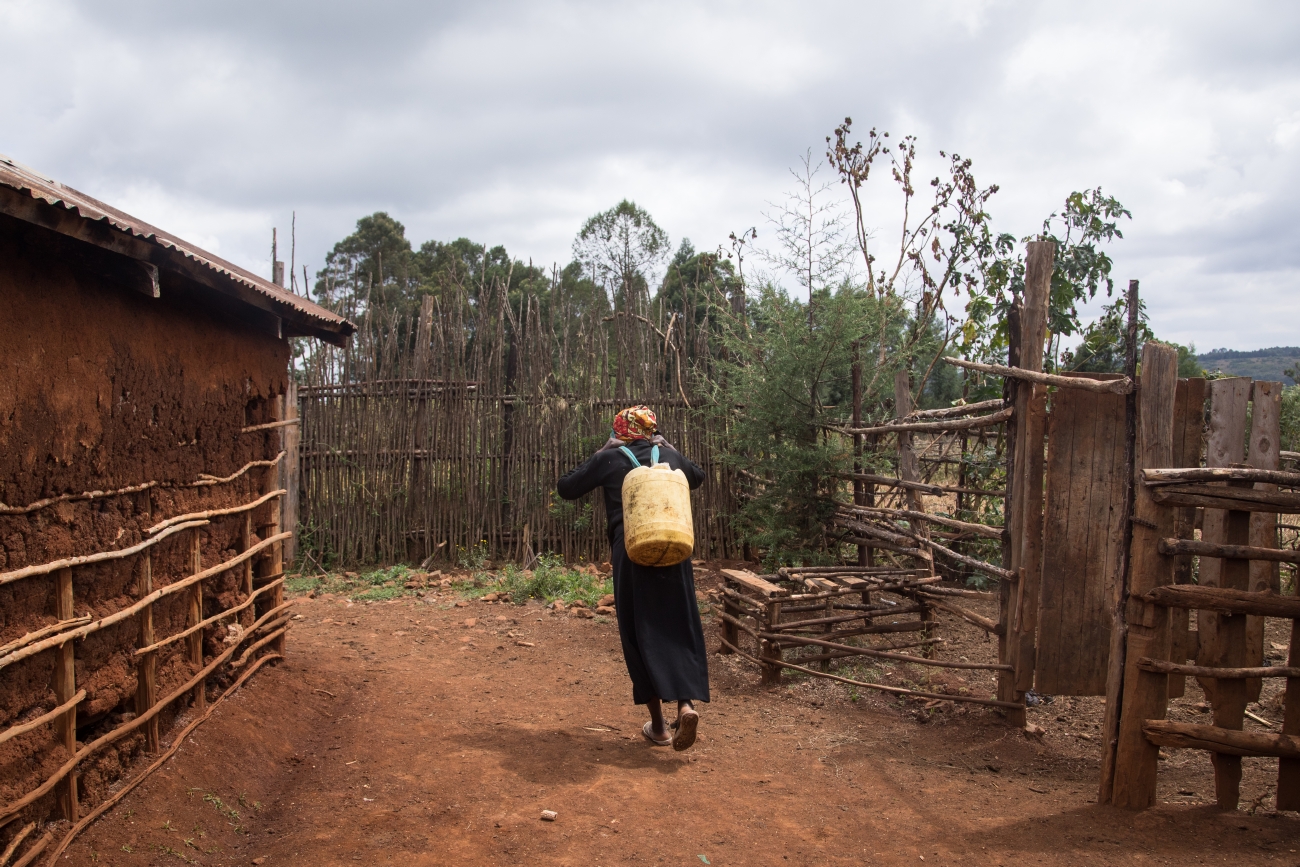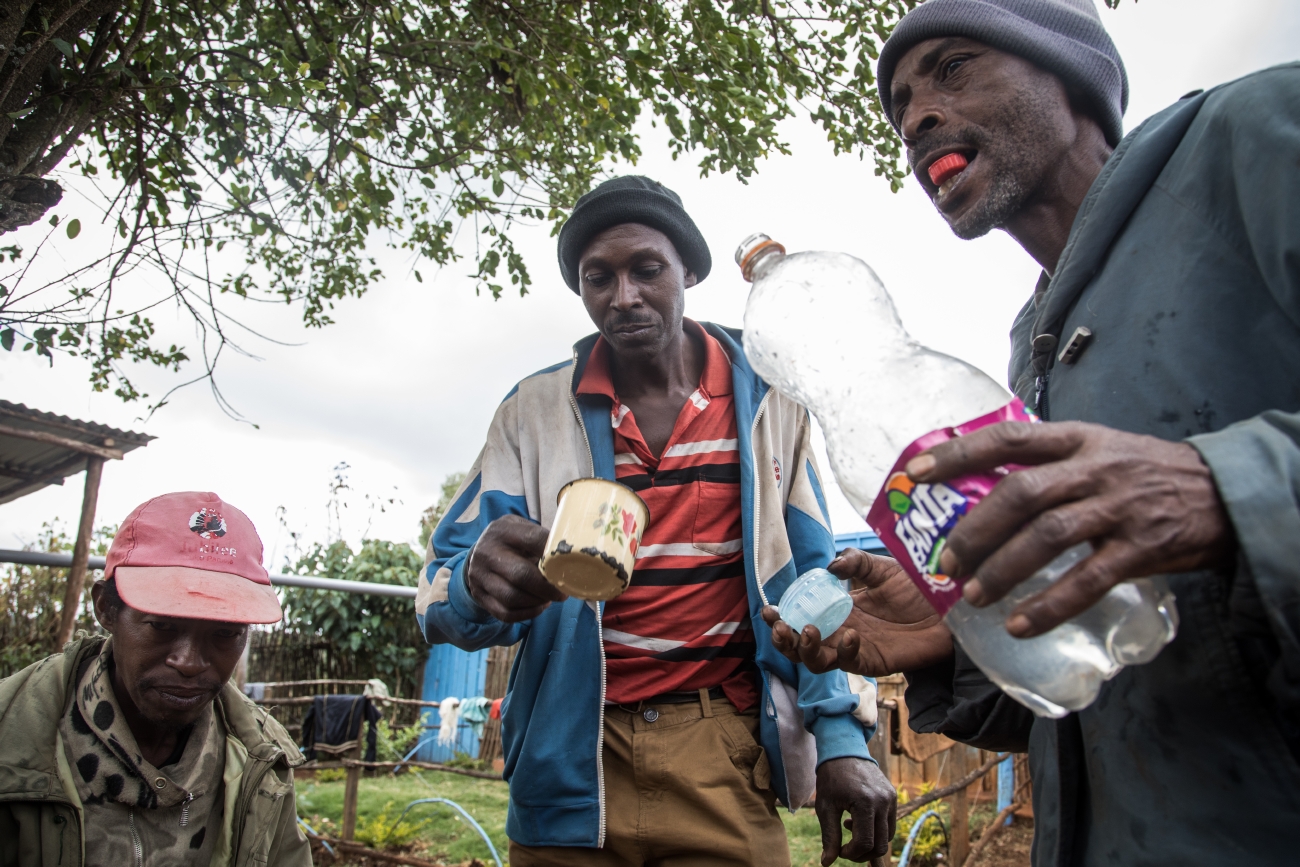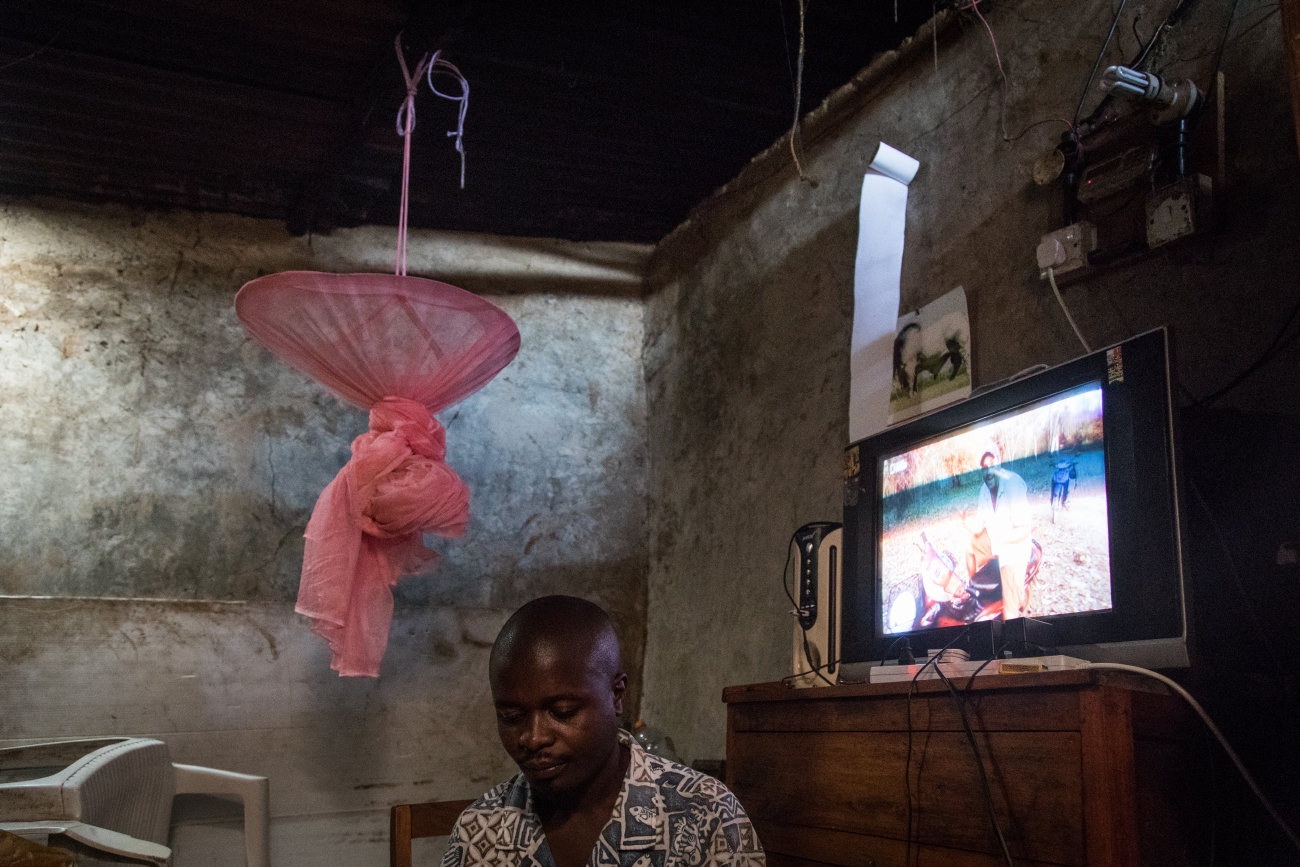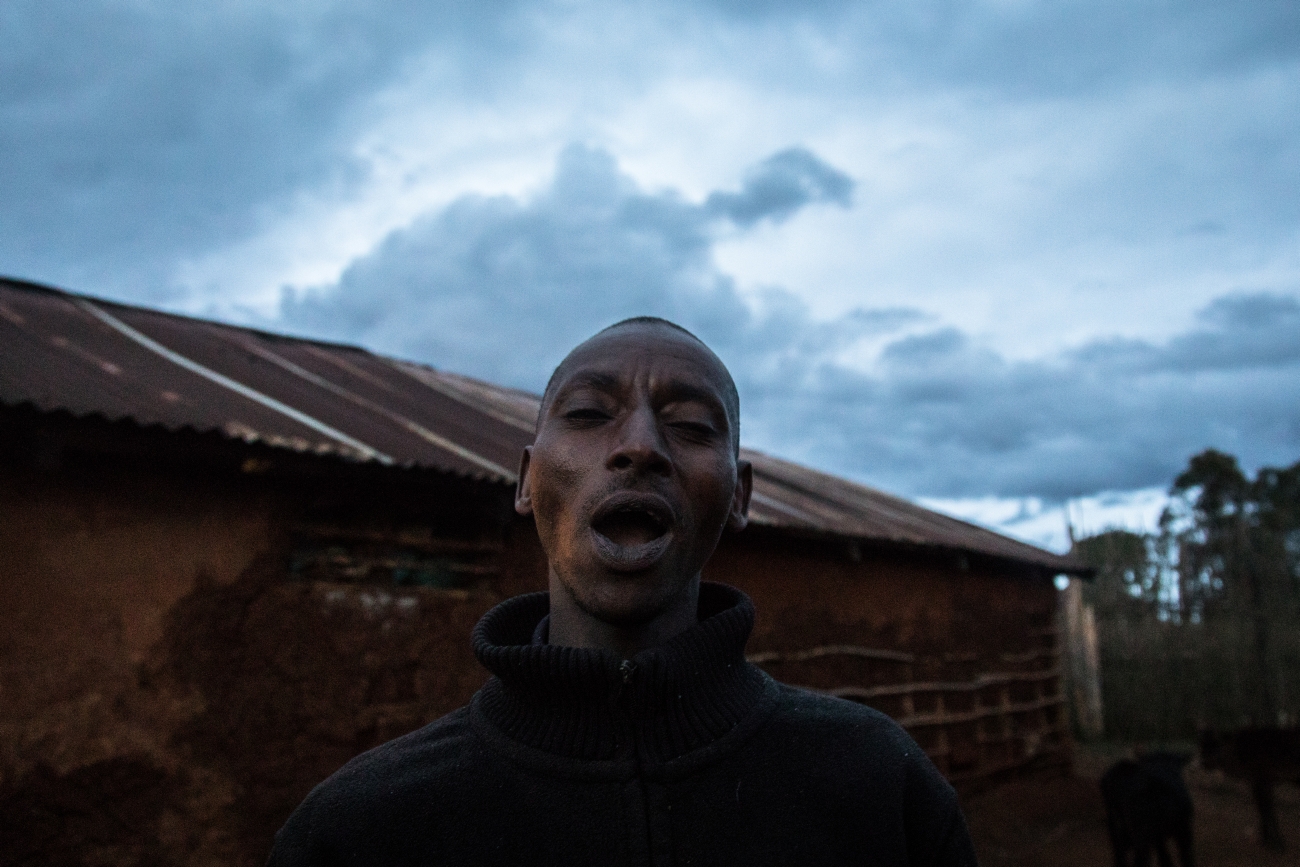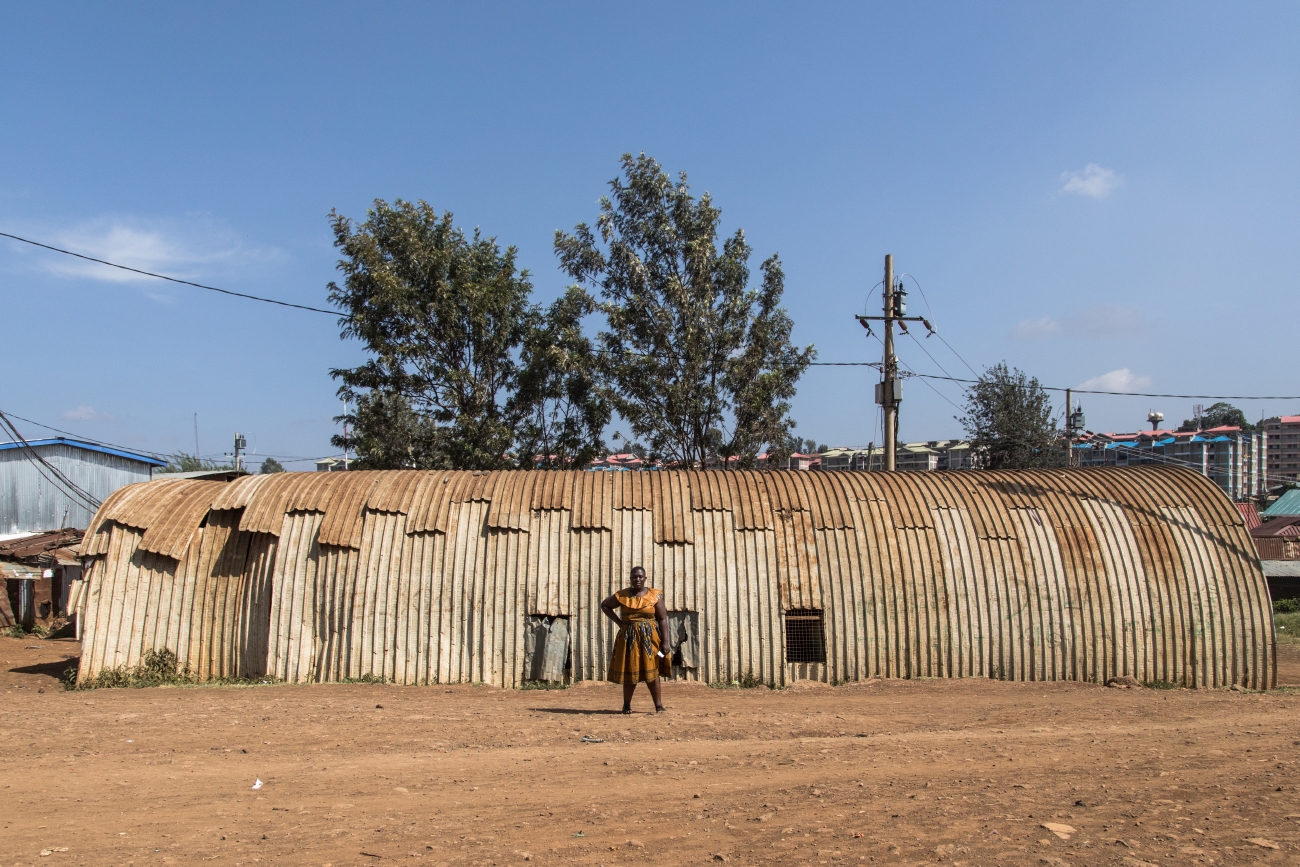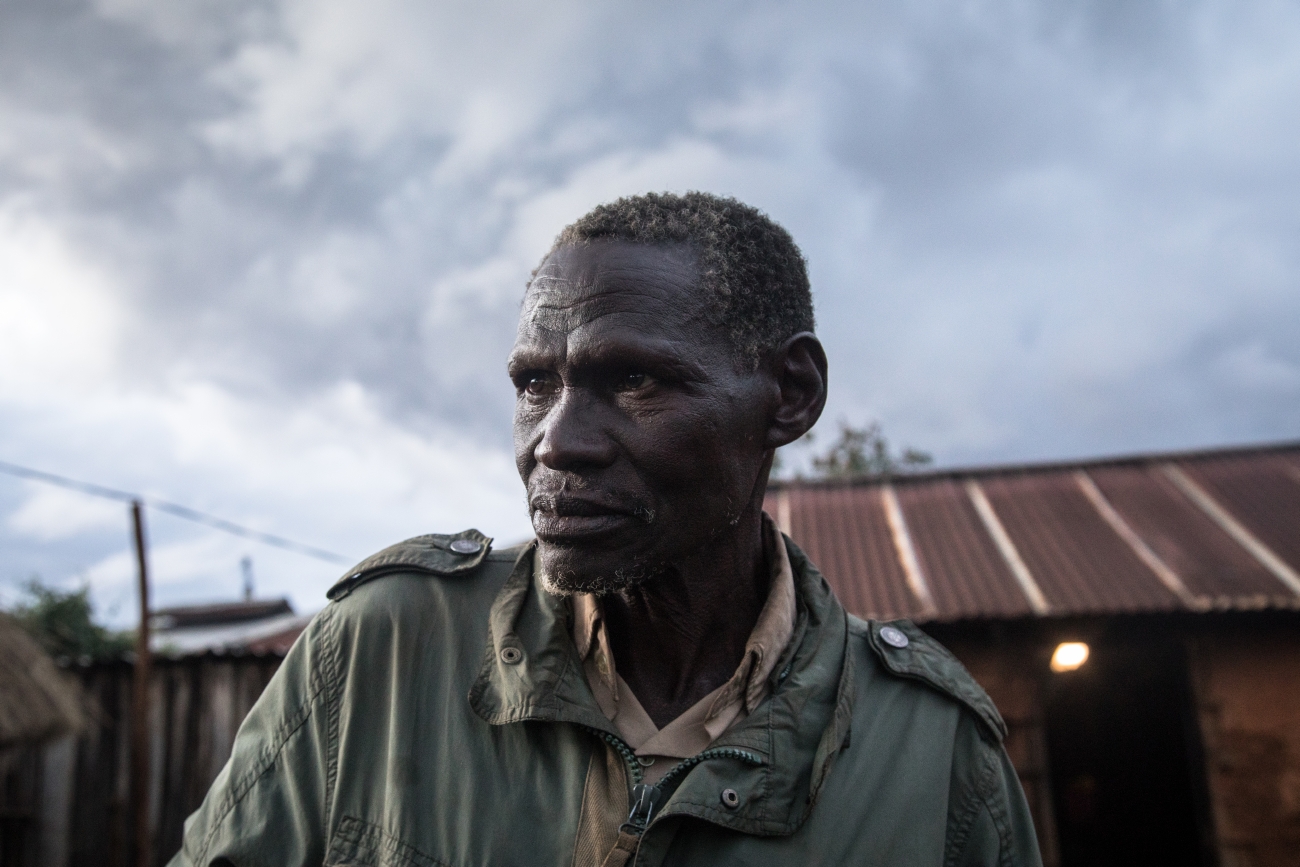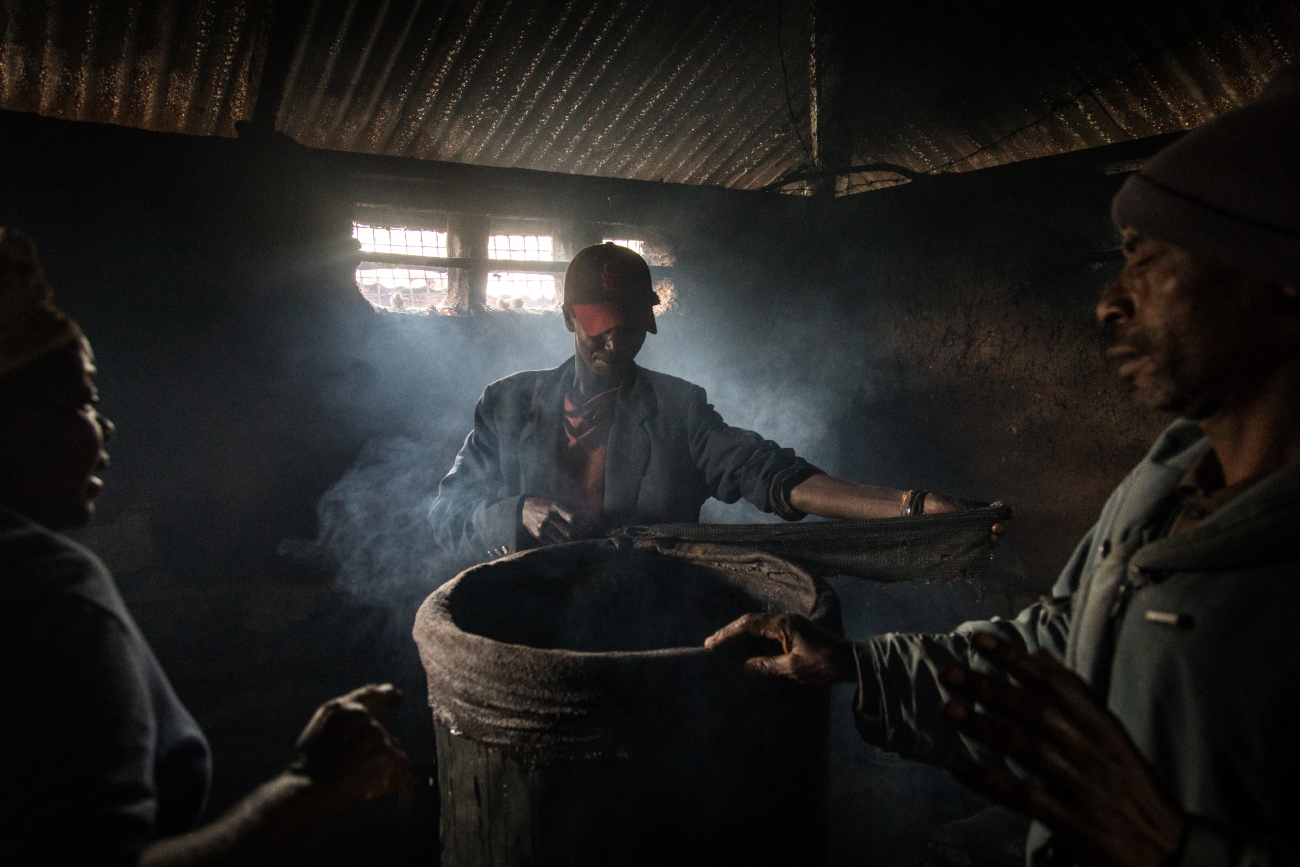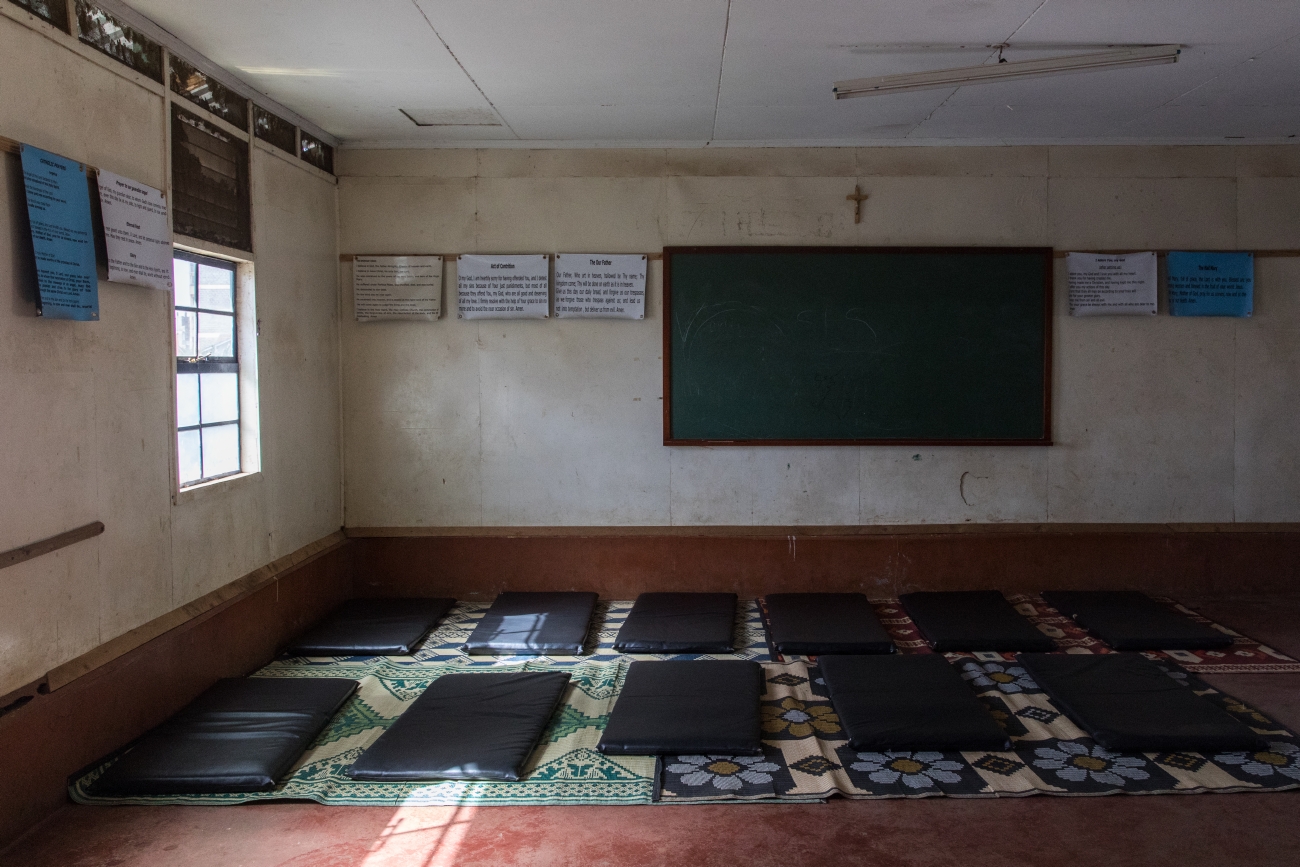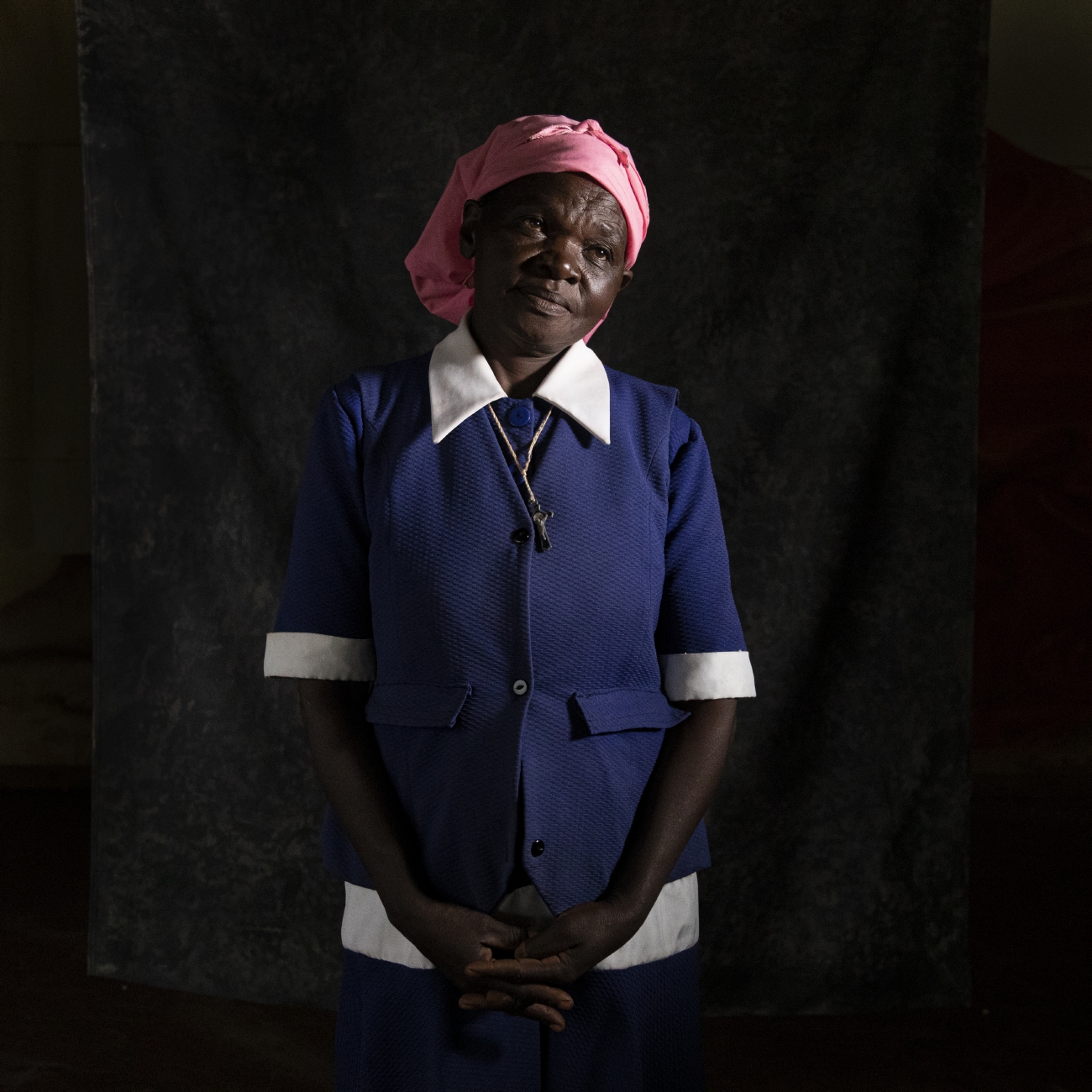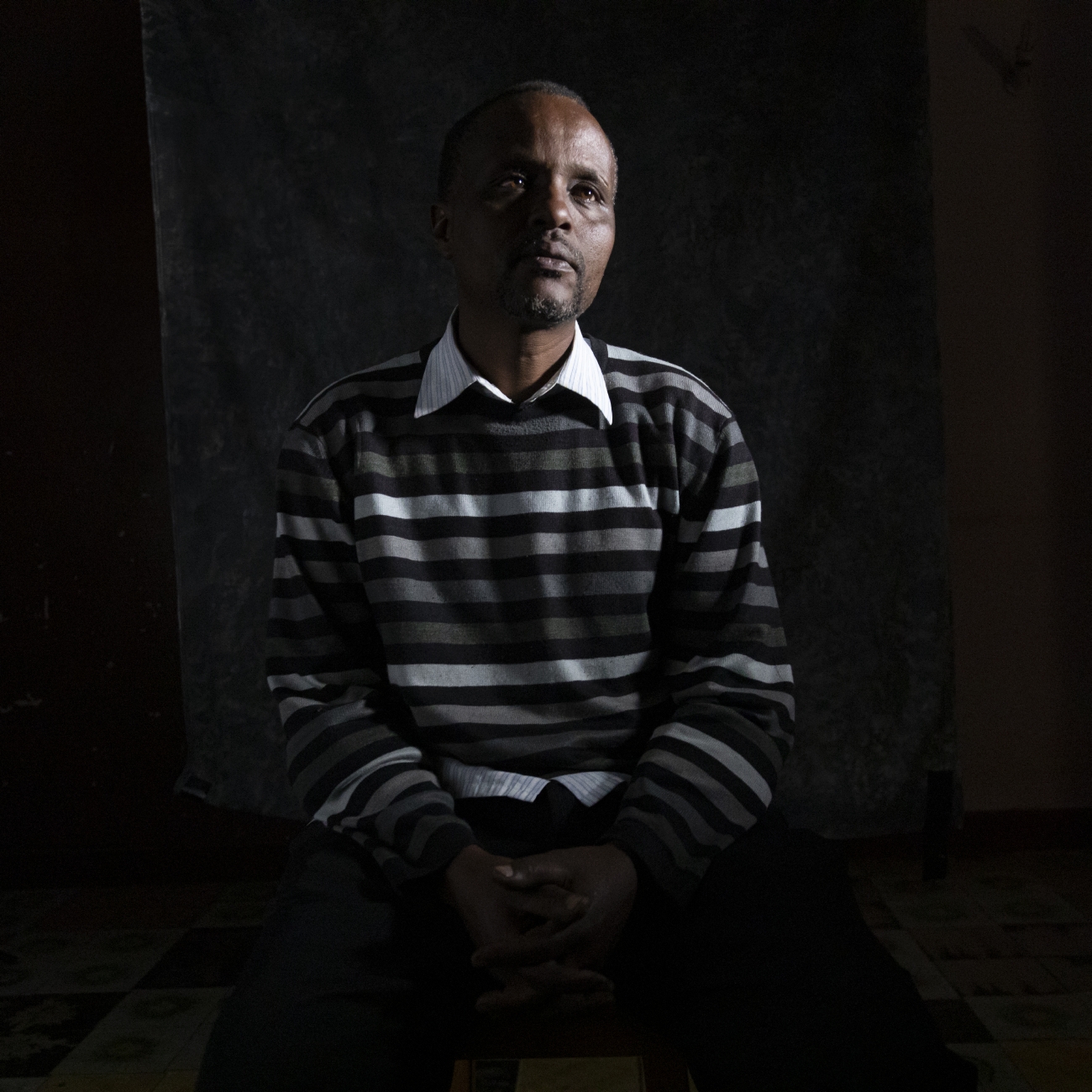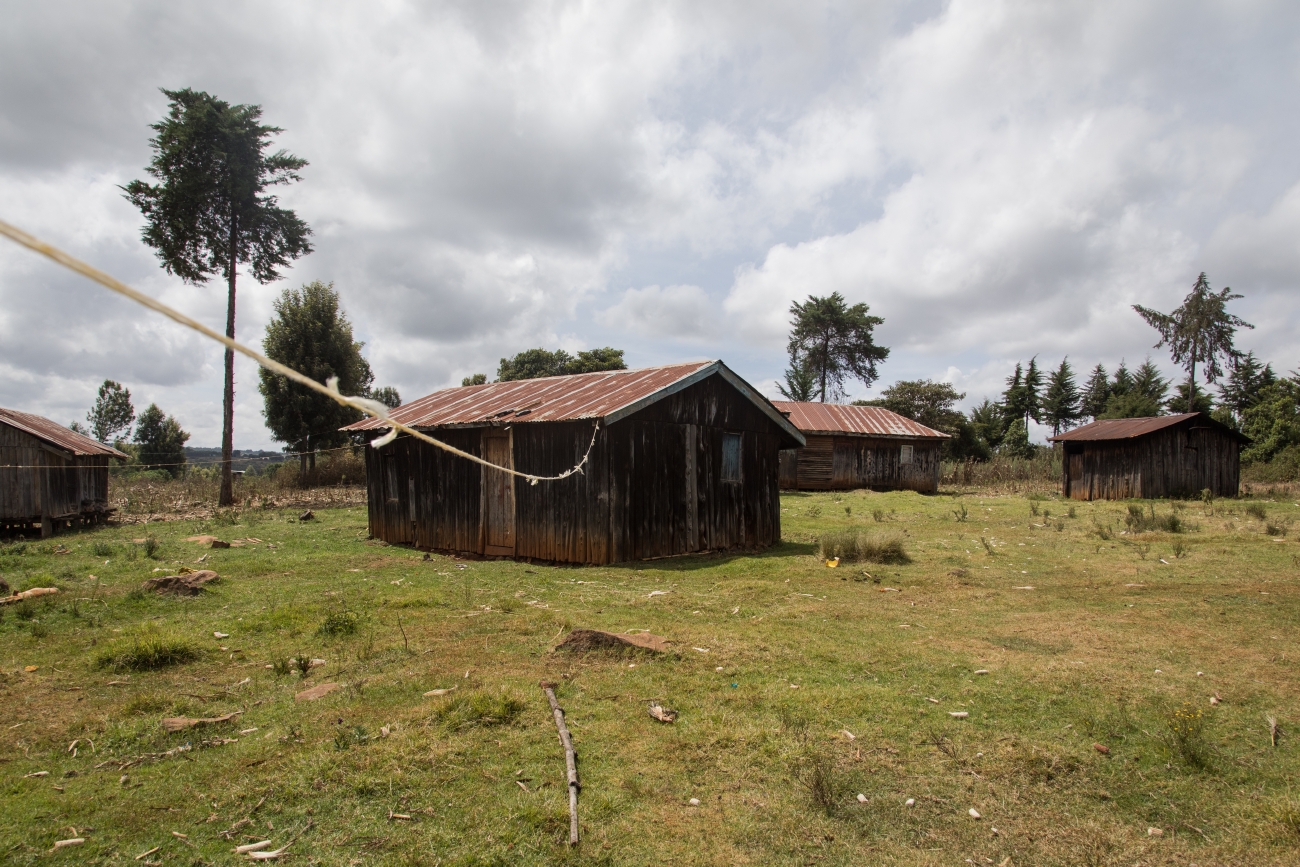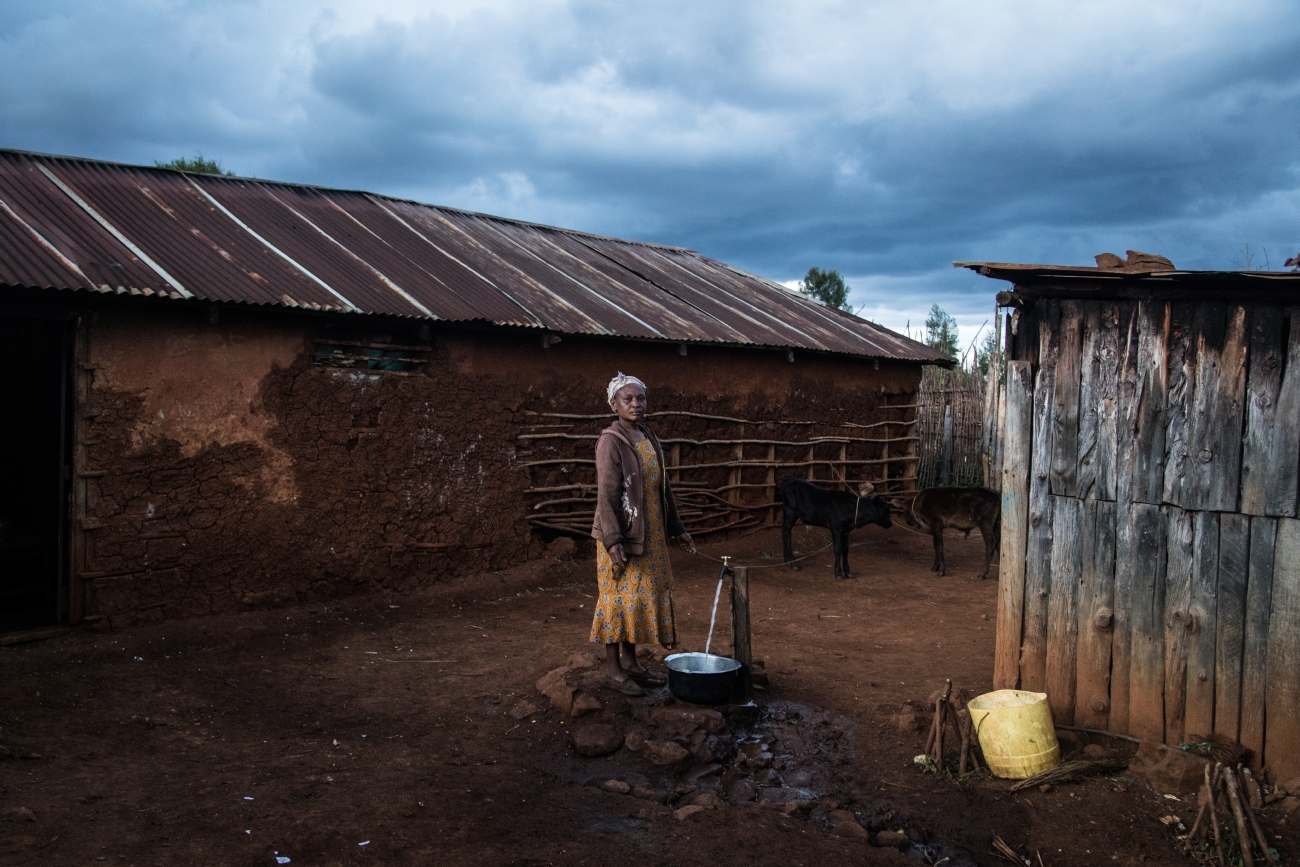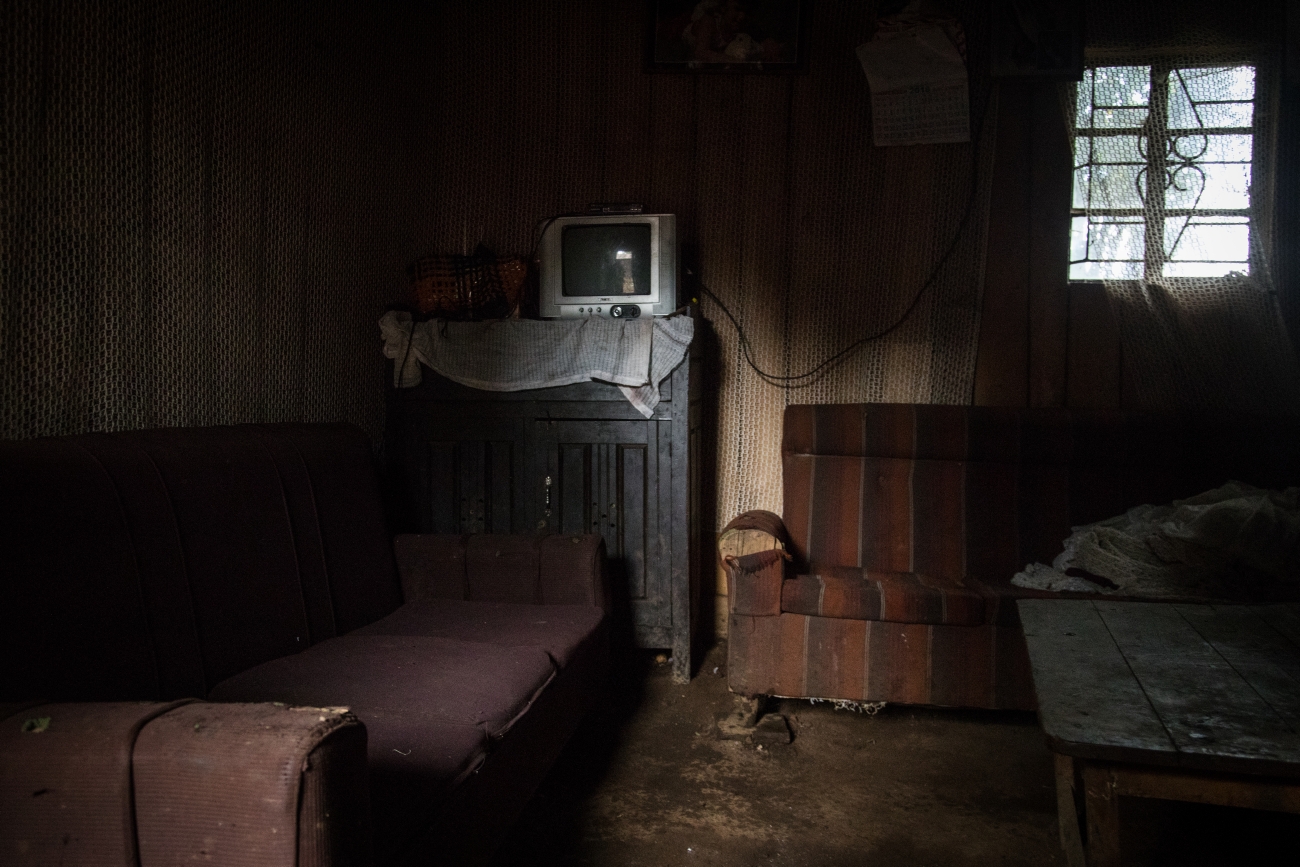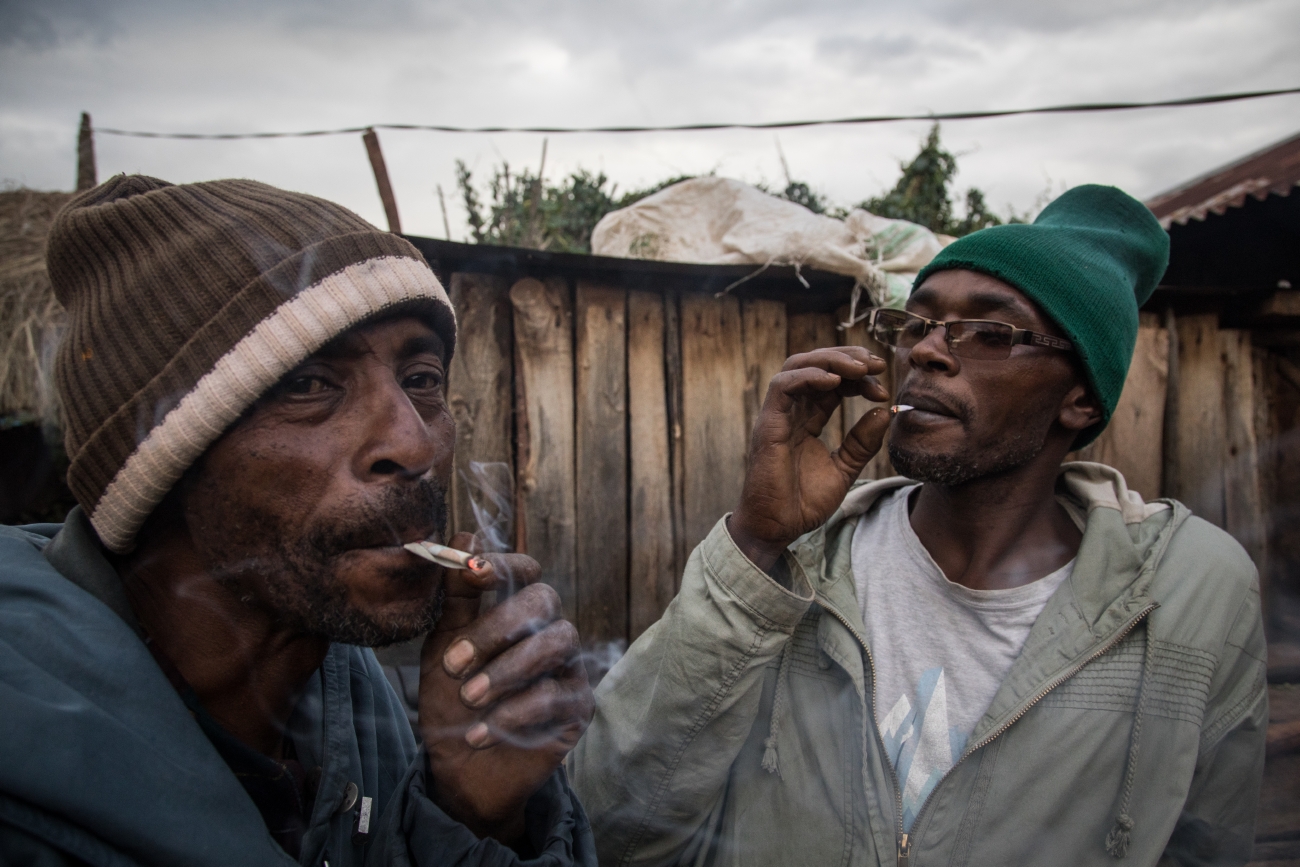Chang’aa, a Liquid Nightmare
Made from distilled maize and millet, but sometimes adulterated with acid and even petrol, chang’aa is the highly potent brew that is destroying Kenya
Photo by Andrea Signori
In Kenya its nickname is “kill me fast”. In the space of just a few years, chang’aa, a spirit made from distilled millet, maize and sorghum, has become the scourge of the country. Legal since 2010 (if produced in compliance with the established regulations), chang’aa is highly addictive and increasingly popular in the country’s poorest areas where, along with the conventional ingredients, the drink is sometimes adulterated with methanol, petrol and battery acid recovered from rubbish dumps and also with female clothing stained with menstrual blood.
More often than not women run the business of producing and selling chang’aa. The phenomenon is spreading: around 5 % of the population, or two and a half million people, are addicted (source: National Authority for the Campaign Against Alcohol and Drug Abuse): the physical, psychological and social consequences of this are disastrous. Continued consumption almost immediately leads to loss of bodily functions and in the longer term, forms of blindness and mental problems that mean habitual consumers frequently lose their jobs as a result.
(2019)
In Nyahururu in the Rift Valley, for instance, bootleg chang’aa, which costs 12 shillings (€0.10) a glass, compared with 30 schillings (€0.26) for the legal variety, is produced in isolated locations and used as a tradable commodity. In this area the spread of chang’aa addiction is seriously threatening communities, as has been outlined by the Saint Martin Foundation. Women are selling their bodies to pay for it while men are trading it for day’s work or in exchange for agricultural products.
In Nairobi business is booming above all in slums such as Kibera and Mlango Kubwa, where the children of chang’aa producers are paying the highest price: these children are often forced to witness or suffer violence and abuse. The government is trying to clamp down on the phenomenon and has set up numerous rehabilitation centres all over the country. But will these be enough?
